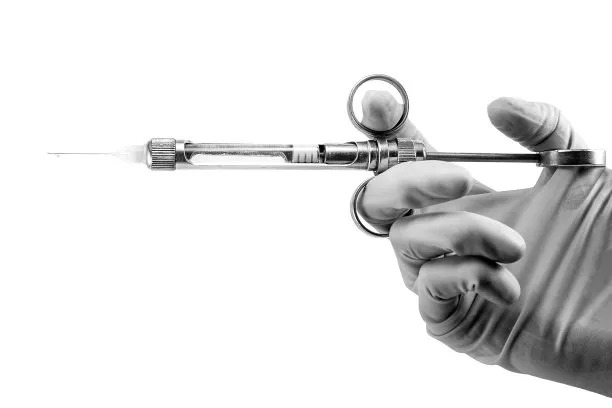Understanding the Process and Necessity of Extracting a Tooth for Dental Health Improvement
Summary: Extracting a tooth is often considered a last resort in dental care, but it can be a necessary step for improving overall dental health. This article outlines the process of tooth extraction, when it is deemed necessary, the risks involved, and the subsequent care required post-extraction. Understanding these elements can help patients make informed decisions regarding their dental health. By comprehending the indications for tooth removal and the process itself, individuals can approach dental care with more confidence and awareness, ultimately improving their oral hygiene and health.
1. The Indications for Tooth Extraction

Tooth extraction is typically recommended for several health-related reasons. One of the most common indications is the presence of severe dental decay that compromises the integrity of the tooth. When a tooth is extensively decayed, it may no longer be salvageable through restorative methods such as fillings or crowns. In such cases, removal is crucial to prevent the decay from spreading to adjacent teeth.
Another indication for extraction is periodontal disease, which affects the supportive structures surrounding the teeth. Advanced periodontal disease can lead to bone loss, making teeth loose and unstable. Extracting teeth that are severely affected can help in maintaining the overall health of the remaining dental structure.
Moreover, overcrowding in the mouth often necessitates the extraction of one or more teeth, especially before orthodontic treatments. Removing teeth can create enough space to align the remaining teeth properly and enhance the patients bite and aesthetic smile.
2. The Tooth Extraction Process Explained
The tooth extraction process involves several steps that begin with a thorough examination by a dental professional. After assessing the tooth and its surroundings through X-rays, the dentist will discuss the extraction procedure with the patient, including anesthesia options for pain management. Ensuring the patient is comfortable is a priority before the procedure begins.
After administering local anesthesia or sedation, the dentist carefully loosens the tooth using specialized tools. If the tooth is impacted, meaning it hasn’t fully erupted from the gum line, the extraction may require a more surgical approach, which involves making an incision in the gum to access the tooth.
Once removed, the dentist will provide the patient with instructions for post-extraction care. It is crucial to follow these guidelines, which may include managing bleeding, taking prescribed medications, and maintaining proper oral hygiene to promote healing.
3. Risks Associated with Tooth Extraction
Although tooth extraction is a common dental procedure, it is not without risks. One of the primary concerns is the potential for dry socket, a condition that occurs when the blood clot forming in the extraction site becomes dislodged. This can lead to severe pain and may prolong the healing process.
Infection is another risk associated with tooth extraction. While dentists take precautions to minimize this, any surgical procedure carries a risk of introducing bacteria into the previously sterile environment of the mouth. Following post-operative instructions is vital to mitigate this risk.
Additionally, there is the possibility of damage to adjacent teeth or nerves during the extraction. While rare, it can lead to long-term issues, including misalignment of the bite or tingling sensations in the gums or lips. Patients must discuss these risks with their dentist openly to understand the potential outcomes.
4. Post-Extraction Care for Optimal Healing
Post-extraction care is essential for a smooth recovery and minimizing complications. One of the initial steps is managing any bleeding by applying pressure with a gauze pad for a few hours after the extraction. It is important to rest and avoid strenuous activities that could lead to increased blood flow to the extraction site.
Patients are also advised to consume soft foods for the first few days post-extraction. Foods like yogurt, mashed potatoes, and smoothies can help prevent irritation of the extraction site. Keeping hydrated is important, but it is advisable to avoid using straws, as the suction can disrupt the healing blood clot.
Lastly, following-up with your dentist as recommended is crucial to ensure proper healing. During these check-ups, dentists can monitor the recovery process and promptly address any complications that may arise, ensuring the patient’s health returns to optimal levels.
Summary:
Tooth extraction, while often regarded with apprehension, is a necessary dental procedure that can significantly enhance one’s oral health. Understanding the indications for extraction, the detailed process involved, the associated risks, and essential aftercare plays a crucial role in the recovery journey. By acknowledging these aspects, patients can approach tooth extraction with confidence and clarity, leading to better long-term health outcomes.
This article is compiled by Vickong Dental and the content is for reference only.


